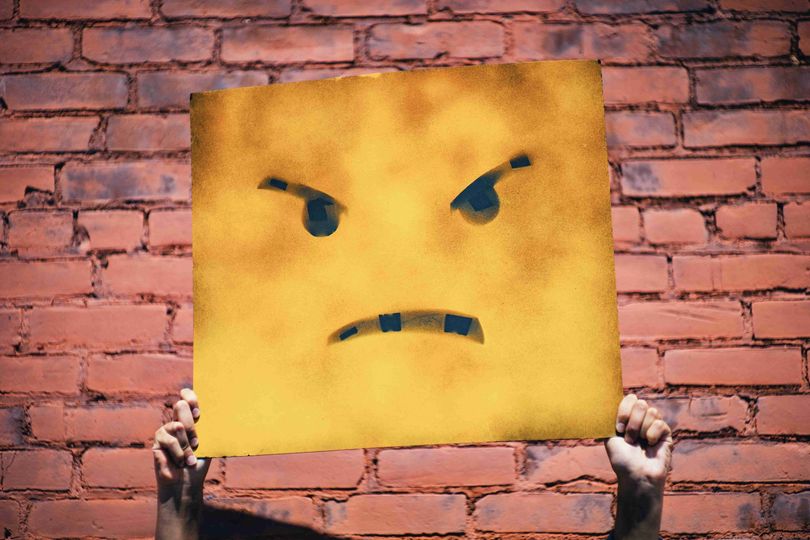Customer complaints… are they really as bad as they seem?
In the world of hospitality and tourism, complaints are an inevitable part of the business. Some complaints are minor and easy to solve, some just downright funny and ridiculous, and some are serious and could even lead to lawsuits and legal repercussions.
It’s a truth universally acknowledged that no matter how hard you try, you can’t please everyone all the time. But what happens when you fail to provide a positive customer experience? The answer is simple: your customers will complain.
So, why do customers complain? Well, there are a variety of reasons:

Customer Complaint Common Reasons
– Poor Service: From slow response times to rude staff, poor service can leave a sour taste in anyone’s mouth.
– Poor Product: If what you’re offering doesn’t meet expectations, you can bet your bottom dollar someone will have something to say about it.
– Lack of Communication: Whether it’s between staff and guests or within the team itself, communication breakdowns can lead to frustration and dissatisfaction.
– Lack of Knowledge: When staff are ill-equipped to handle inquiries or resolve issues, it reflects poorly on the business as a whole.
– Unmet Expectations: Did you promise the moon and deliver a pebble? That’s a surefire way to earn yourself a complaint.
– Staff Attitude Problems: A smile can go a long way, but a bad attitude can turn even the sunniest disposition into a storm cloud.
– Lack of Authority: When staff don’t have the power to make decisions, it can result in mix-ups and delays that leave customers feeling unheard and undervalued.
Customer Complaint Stats and Facts
– Unhappy customers will share their complaint with 15 or more people.
– Only 1 in 26 unhappy customers complain directly to you.
– 91% of unhappy customers who don’t complain simply leave.
– An upset guest posting their experience online can reach up to 6,000 of their “friends”.
– 68% of guests defect to competitors because of an attitude of indifference towards them by staff.
– 80% of complaints are likely to have poor communication as their root cause.
Customer Complaints Can Be A Good Thing. Here’s Why:
– Highlight Problems: Complaints shine a spotlight on areas that need improvement, helping businesses to grow and evolve.
– Build Loyalty: Handle complaints effectively, and you could turn a disgruntled customer into a loyal advocate for your brand.
– Profitability: Resolving complaints quickly and efficiently can actually increase future spending from customers.

How Do You Deal With Customer Complaints?
When it comes to handling complaints, it’s important to have a clear procedure in place:
1. Discuss and Agree: Work with the guest to determine the best course of action.
2. Take Necessary Action: Don’t procrastinate – address the issue head-on.
3. Don’t Overcommit: Only offer solutions that you can realistically provide.
4. Understand Authority Levels: Know who has the power to resolve different types of complaints.
5. Involve Management: If necessary, escalate the issue to higher levels of authority.
6. Follow Up: Ensure the guest is satisfied with the resolution.
Remember:
– Be Effective: Handling complaints effectively sets a positive example for your team.
– Use Negotiation Skills: Finding a solution that satisfies both the guest and the company is key.
– Know Your Authority Level: Understand what options are available for resolving complaints.
– Take Care How You Communicate: Approach each interaction with warmth and empathy.
– Never Take it Personally: Complaints are about the situation, not you personally.
Steps to Listening with Empathy:
1. Remain Centered: Stay focused and allow the guest to vent.
2. Take Ownership: Offer assistance and empathize with the guest’s frustrations.
3. Ask Probing Questions: Clarify the issue and reassure the guest that they’re being heard.
4. Remain Calm: Stay composed, even if the guest becomes agitated.
5. Summarize and Apologize: Acknowledge the mistake and assure the guest that it will be rectified.
6. Resolve the Situation: Explain how you’ll address the issue and follow through.
7. Don’t Take it Personally: Leave negative experiences at work and move on.
Tools to Help You Remember Standard Operating Procedures:
H.E.A.T:
Hear
Empathize
Apologize
Take Action
The Pleasing Principle:
Always be polite
Listen attentively
Empathize
Ask questions
Smile
Show genuine interest
Avoid saying “No”
Go far and settle the situation
The LAST Technique:
Listen
Apologize
Solve the Problem
Take Action
Customer complaints are an inevitable part of running a business, but they don’t have to be a thorn in your side. By handling them effectively, you can turn unhappy customers into loyal advocates and improve your business in the process.
So, embrace complaints as an opportunity for growth, and remember: the customer may not always be right, but they always deserve to be heard.
Want the My Ranggo Complaint Handling training deck? Download the new Ranggo App and get access to this training and more by visiting the Resources section.
Download it now
App Store: https://apps.apple.com/ph/app/ranggo/id6444753896
Google Playstore: https://play.google.com/store/apps/details?id=com.myranggo.ranggosocial&pcampaignid=web_share





GIPHY App Key not set. Please check settings